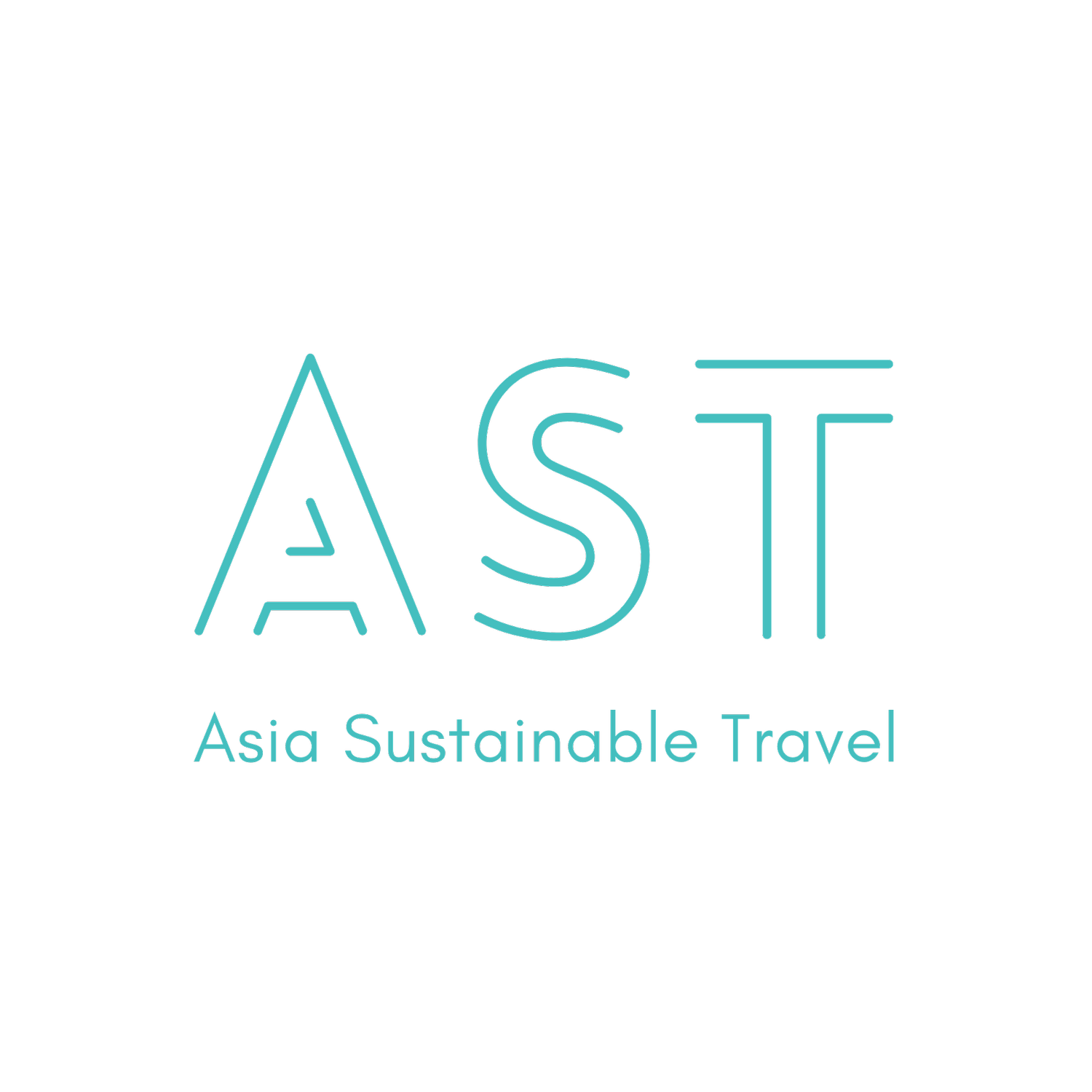Unlocking Success in Sustainable Travel in Asia: The 4C Framework
Source: Unsplash
Asia, home to a growing middle class, is set to take center stage in global tourism. According to the OECD's report, it is projected that by 2030, around 3.5 billion Asians, equivalent to approximately 40% of the global population, will join the middle-class ranks.
This wealth shift will witness Asia accounting for 90% of the world’s next 1 billion people entering the middle-class rank.
Simultaneously, a paradigm shift is occurring in consumer behavior. The 2022 report by Bain & Co reveals a heightened consciousness across all demographics in Asia, encompassing all age groups and income levels, regarding environmental, social, and health-related issues.
However, the landscape of the Asian travel market is a kaleidoscope of diversity, colored by a multitude of languages, traditions, cultural backgrounds, and varying degrees of climate change awareness. But one thread that binds this multifaceted market is the escalating concern around climate change.
Asian travelers, increasingly impacted by the stark realities of the climate crisis, from scorching heatwaves to unprecedented rainfalls and floods, are becoming more mindful of the environmental and social footprint of their travel choices.
This understanding calls for a swift transition towards sustainable tourism practices among Asian governments, businesses, and travelers alike.
This article aims to guide brands on their path to attracting this new breed of sustainability-minded Asian travelers.
We will explore the 4C strategic framework, supported by real-world case studies and industry best practices, that can help your brand resonate with these increasingly significant market segments.
CATEGORIZE: Gain a deep understanding of your target audience and source markets through effective customer segmentation and profiling.
CUSTOMIZE: Address the consumer intention-action gap by creating a product that makes sustainable choices more rewarding and less effortful.
COMMUNICATE:Create a strategic engagement calendar to maintain consistent and meaningful touchpoints with your audience.
CONVERT: Enhance the appeal of direct booking, making it the preferable choice for your customers.
01. Categorize Your Source Markets and Target Audience
To truly appeal to the sustainability-minded Asian traveler, brands must deeply understand the specifics of their key source markets. In a continent as vast and diverse as Asia, it is inevitable that there exist varying levels of sustainability awareness and priorities.
According to the report titled Marketing a Better Future by Dentsu x Kantar, “sustainability consciousness is not uniform across markets” in the APAC region.
For example, greenhouse gas emissions are the top concern for consumers in Singapore and the Philippines, while the improper disposal of hazardous waste is the number one issue for their counterparts in Indonesia.
Broadly speaking, the issues that are considered a priority are those that impact people on a personal level and communities.
Source: Marketing a Better Future, by Dentsu x Kantar 2023
Solutions
Travel brands must illustrate that they take into consideration the top concerns of their target audience in their product development and communications.
In China, destinations can’t underestimate the “Pollution-Induced Travels” phenomenon where many people choose to visit based on the clean air index. Intarget Group’s “Re-Discovering Europe: The Return of Chinese Tourists”' report highlights that over 50% of surveyed travelers rank a retreat as their number one type of vacation. By knowing your market, you can create memorable, bespoke experiences that pull at their heartstrings.
The key is to conduct market research and analysis then tailor your offerings and marketing strategies to resonate with the values and preferences of Asian travelers who prioritize sustainable travel experiences.
Here are some examples of popular sustainable travel destinations in Asia that can serve as inspiration:
Bhutan: Known for its commitment to sustainability and environmental conservation, Bhutan offers unique low-impact, high-value tourism to target travelers who seek off-the-beaten-track experience.
Chiang Mai, Thailand: Home to many eco-tours that support local communities and promote environmental conservation, such as the Elephant Nature Park.
Japan's Ryokans: Traditional inns for travelers that value a tranquil respite in nature a unique opportunity to immerse themselves in the local culture.
Photo by: Nishimuraya Honkan near Kyoto, Japan
02. Customize Your Product to Bridge the Intention-Action Gap
Kantar's 2022 Sustainability Sector Index reveals a striking contradiction in the Asia Pacific region. Despite 98% of consumers expressing readiness for a more sustainable lifestyle, only 17% actively change their behavior to align with it. Additionally, a significant 58% struggle to differentiate between environmentally friendly products and those that are not.
The report highlights this intention-action gap arises from lack of information, transparency, and concerns about higher costs.
The Bain & Co. report highlights very similar conclusions that non-price related reasons such as the low variety and hard-to-verify claims discourage them from making sustainable choice.
Addressing these issues is crucial to making sustainable choices more accessible in the Asia Pacific region.
In fact, this intention-action gap is a well-studied behavioral phenomenon.
Source: Marketing a Better Future, by Dentsu x Kantar 2023
Solutions
Those who crack the code would reap significant rewards. In a recent Expedia study, nearly all surveyed Asian consumers said they would be willing to pay more for sustainable travel. In Southeast Asia, 51% of travelers would spend at least half of their monthly salary or more to travel more sustainably.
The key is to decrease the effort and increase the rewards for consumers.
When it comes to rewards, it’s not just about going beyond highlighting financial and emotional benefits but also social, environmental, and societal benefits when a traveler makes the sustainable choice. This is articulated in Sainha’s 4-step framework to help hotels or travel businesses close this gap.












